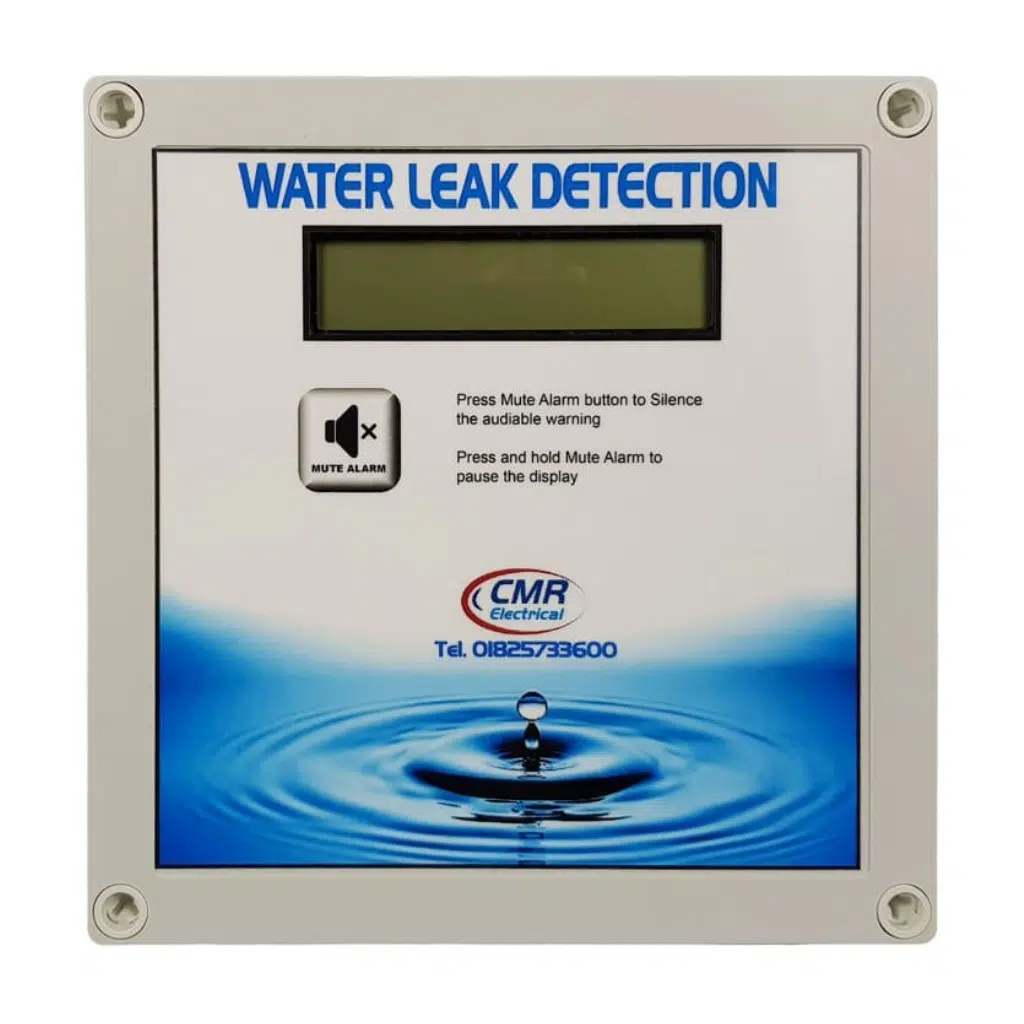Avoid Major Issues with Early Water Leak Detection and Prompt Repair Works
Avoid Major Issues with Early Water Leak Detection and Prompt Repair Works
Blog Article
Cutting-edge Solutions for Early Discovery of Water Leakages in Structures and Facilities
From cutting-edge leak detection modern technologies to the release of IoT sensing units for real-time tracking, the landscape of leak prevention is advancing swiftly. Automated water circulation analysis systems are reshaping exactly how leaks are recognized and addressed, leading the way for an aggressive strategy to water leak detection.
Advanced Leakage Detection Technologies
Advanced leak detection technologies, geared up with sophisticated sensing units and formulas, play a crucial role in quickly identifying and identifying water leakages in numerous settings. These modern technologies employ a combination of acoustic, thermal, and electromagnetic noticing techniques to discover leakages properly. Acoustic sensors discover the audio of leaving water, permitting precise localization of the leakage source. Thermal imaging discovers temperature level adjustments triggered by water leak, providing an additional efficient approach for leak recognition. Electromagnetic sensing units can recognize changes in electro-magnetic fields brought on by water, providing yet one more layer of leakage detection capability.

IoT Sensors for Real-Time Monitoring
In the realm of modern-day water leakage detection, the integration of IoT sensing units for real-time tracking represents a crucial innovation in improving aggressive leakage detection capacities. These sensing units provide continuous monitoring of water supply, offering real-time information on water circulation rates, pressure variants, and temperature level adjustments. By leveraging IoT technology, these sensors can spot also the smallest abnormalities in water use patterns, making it possible for early identification of prospective leaks before they intensify right into major problems.
IoT sensing units transfer data to a centralized platform, where advanced algorithms evaluate the information and generate alerts or notifications when irregularities are found. This real-time surveillance capacity permits homeowner or center supervisors to without delay resolve leaks, decreasing water damages, reducing repair work expenses, and saving water sources.
Furthermore, IoT sensors can be incorporated with building management systems, allowing for automatic feedbacks to detected leakages, such as shutting down water shutoffs or triggering pumps to alleviate the influence of leakages. website link Generally, the execution of IoT sensing units for real-time tracking substantially boosts the effectiveness and efficiency of water leak discovery in buildings and infrastructure.
Artificial Intelligence Algorithms for Leak Forecast

One secret advantage of making use of equipment learning for leak prediction is its capacity to constantly learn and boost its precision in time. As even more information is collected and fed right into the algorithm, it can refine its forecasts and adapt to transforming conditions, ultimately raising the integrity of leak discovery systems.
Additionally, artificial intelligence formulas can assist in recognizing refined signs of leakages that might go undetected by conventional tracking techniques. water leak detection. By examining complex data embed in real-time, these algorithms can give early warnings and notifies, enabling timely intervention and preventive maintenance to mitigate possible water damage and linked costs
Using Thermal Imaging for Leak Detection
Thermal imaging modern technology offers a promising technique for identifying water leaks in various systems and infrastructures. By using infrared radiation and temperature level variances, thermal imaging video cameras can determine covert leaks that are not quickly noticeable to the nude eye.
One of the key benefits of thermal imaging for leak discovery is its non-intrusive nature. Generally, the use of thermal imaging modern technology improves the efficiency and precision of water leak discovery, making it a useful tool for keeping the stability of buildings and facilities.
Automated Water Circulation Analysis Solutions
How can automatic water flow analysis systems transform the detection and monitoring of leaks in various systems and infrastructures? Automated water circulation check out here evaluation systems provide an aggressive technique to leakage detection by continually checking water flow prices and patterns. By establishing baseline information, these systems can rapidly recognize discrepancies that might indicate a leakage, making it possible for timely treatment to avoid considerable damage.
These systems use advanced algorithms to examine real-time data and supply prompt notifies when abnormalities are spotted, enabling swift action to be taken. In addition, automated water flow evaluation systems can be integrated with building monitoring systems or IoT platforms, improving total effectiveness and making it site link possible for remote tracking capacities.
Additionally, the data accumulated by these systems can be used for predictive upkeep purposes, assisting to determine possible weak points in the facilities prior to leakages occur. Generally, the execution of computerized water circulation evaluation systems can considerably enhance leakage discovery and management methods, eventually resulting in cost financial savings, reduced water wastefulness, and raised sustainability in structures and facilities.

Verdict
In conclusion, the combination of innovative leakage discovery technologies, IoT sensors, device discovering formulas, thermal imaging, and automated water flow analysis systems provides ingenious options for very early discovery of water leakages in structures and framework. These modern technologies allow real-time surveillance, prediction of leaks, and reliable detection methods to avoid water damage and waste. Executing these options can assist in preserving the stability and sustainability of water systems in various setups.
Report this page